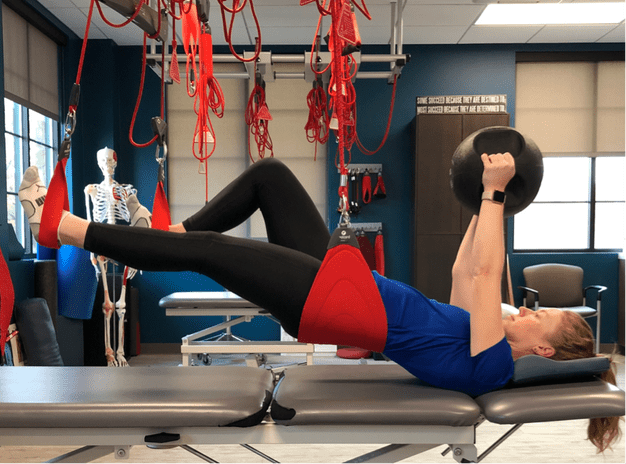
The dawn of a new year brings a time of reflection on the past and resolution to change in the future. For many of us, one of these resolutions is around physical fitness. In Austin we are blessed with incredible weather and the pull to be outside during these “winter” months. Unlike the dead of summer, these temperate days can bring perfect running weather. It is very tempting in our new found motivation to hit the pavement in search of a more fit physique. In this article I want to review some gentle notes of caution and easy to follow steps for your safe and successful return to running.
The first question to ask and honestly answer is, “How long has it been since I was running on a routine basis?” According to exercise physiologist Susan Paul, if your layoff from running has been more than 3 months you have lost 25-30% of your VO2 max, which is a measure of your aerobic capacity or cardiovascular fitness. Starting back slowly but steady can quickly improve this capacity and you will begin to feel stronger and less winded.
Second, if you have not been running, it takes a graded increase to activity level, progression in double and single leg high impact stress, and time for the muscles, tendons, bones, and ligaments to adapt and strengthen. Adam St. Pierre, exercise physiologist, reminds us that the lungs recover faster than the legs, and that lack of conditioning of these connective tissues and muscular structures are what usually lead to injury with return to running.
Walk before you run.
Be sure you can walk without time limitations, pain, or joint swelling before you attempt a return to running. Hiking on uneven terrain can be a fun and beneficial way to build connective tissue proprioception as well as coordination and timing through the neuromuscular system. Practice double leg functional jump drills in multiple directions with progressions to single leg hops, skips, and lateral stabilization. You should be able to complete 200-250 foot contacts with these types of bilateral and unilateral drills with good biomechanics, stability, and no pain before you start running. The local track can be a helpful location to perform a general stretching and plyometric warm-up followed by a measurable way to progress a walk to run program. Running should begin gently 2-3 times per week with at least one rest or cross training (cycling, swimming, strength or core work) day in between. A gradual increase of daily and weekly mileage (no more than 10 percent week to week) and no pain or strain symptoms is a safe and widely accepted guideline.

Listen to your body.
If you do experience pain, swelling, excessive strain or instability in a joint, do not push through this pain. It may be tempting to medicate to help you feel more comfortable during or after your workouts, but please be careful not to mask what our body is telling you. Pain during or after a gently progressive program similar to the one outlined above is telling you of an imbalance, weakness, or instability that needs to be addressed. Here’s to a safe and successful new you in the New Year!
Reference:
The Ohio State University Wexner Medical Center – Sports Medicine Department



